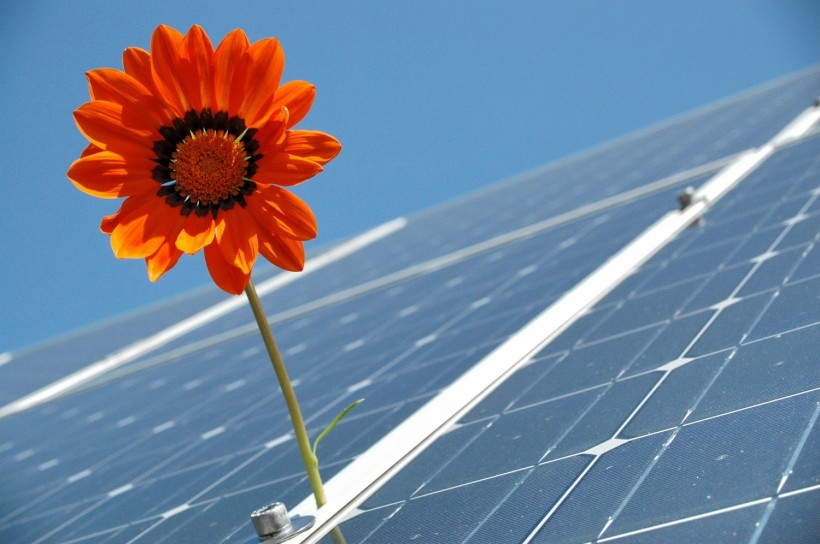Solar-powered gardening is an up-and-coming trend in some parts of the world. Blomberg notes that solar panel prices have become supremely affordable and are about to become even more powerful than ever before. For those of us who have a more down-to-earth view of things, solar power doesn't seem that exciting. However, when you consider how solar power could impact your gardening experience, it might start to make a little more sense. Plants are the ultimate solar energy converter. They take sunlight and turn it into food. Now, with solar panels at our command, humans can harvest solar energy and change it into electricity. But where do you start using this solar energy in your gardening?
Mounting Your Solar Panels
The best spot to fit solar panels would be in a greenhouse. Since the light is always coming into the greenhouse, the panels could catch the energy like a net - letting most of the light through but siphoning off a bit of it to generate power. If you don't have a greenhouse, the next best thing would be to set the panels on the ground. However, this could be tricky since the sun moves across the sky, and if the incoming rays don't hit the panels just right, there won't be any energy generation. Pole-mounts allow for flexibility in movement, as the panels can tilt towards the sun as it makes its way across the sky.
Typical Solar Power Uses in Gardens
Solar panels are only the first part of the equation. For panels to work along with power generation, you'd need to set up a system for collecting and storing solar energy. Battery packs usually contain the incoming solar power and keep them in a place that can be used to power appliances and devices later on. Capacitors also make up part of the system to smooth the flow of power into and out of the battery. Among the most common uses you'll find for solar energy in a garden are:
Ø Greenhouses: Greenhouses need lights for air circulation and lighting. They can utilize incoming sunlight that passes through the greenhouse to power themselves, making them into autonomous structures.
Ø Irrigation: Most gardens have an irrigation system that relies on pumps, valves, and gates. While some irrigation systems are flow-based (meaning that they don't need electricity to run), the most efficient ones recycle the water through the system, requiring power input. Solar power can run those pumps just as well as power from the grid.
Ø Lighting: Some gardens have accent lighting, while other use lights to help with flowering and fruiting according to season. Solar power alongside new light sources such as LEDs can create a low-pollution, high-efficiency method of getting this system to work.
Ø Pest Control: Companies such as Thanos Home produce solar-powered pest-control systems that can deal with rodents without needing another external power source.
Innovations to Power the Future
Technology continues to advance, and solar power is seeing a resurgence in popularity. Thanks to increasing efficiency and more reliable methods of applying energy generation to practical uses, we're likely to see solar power become a contender in the energy market soon.
© 2024 NatureWorldNews.com All rights reserved. Do not reproduce without permission.
* This is a contributed article and this content does not necessarily represent the views of natureworldnews.com


![Extreme Heat Wave in Africa’s Sahel Region That Killed 100 People Linked to Climate Change [Study]](https://1471793142.rsc.cdn77.org/data/thumbs/full/70226/280/157/50/40/extreme-heat-wave-in-africa-s-sahel-region-that-killed-100-people-linked-to-climate-change-study.jpg)



